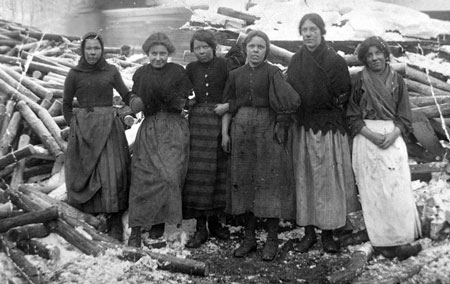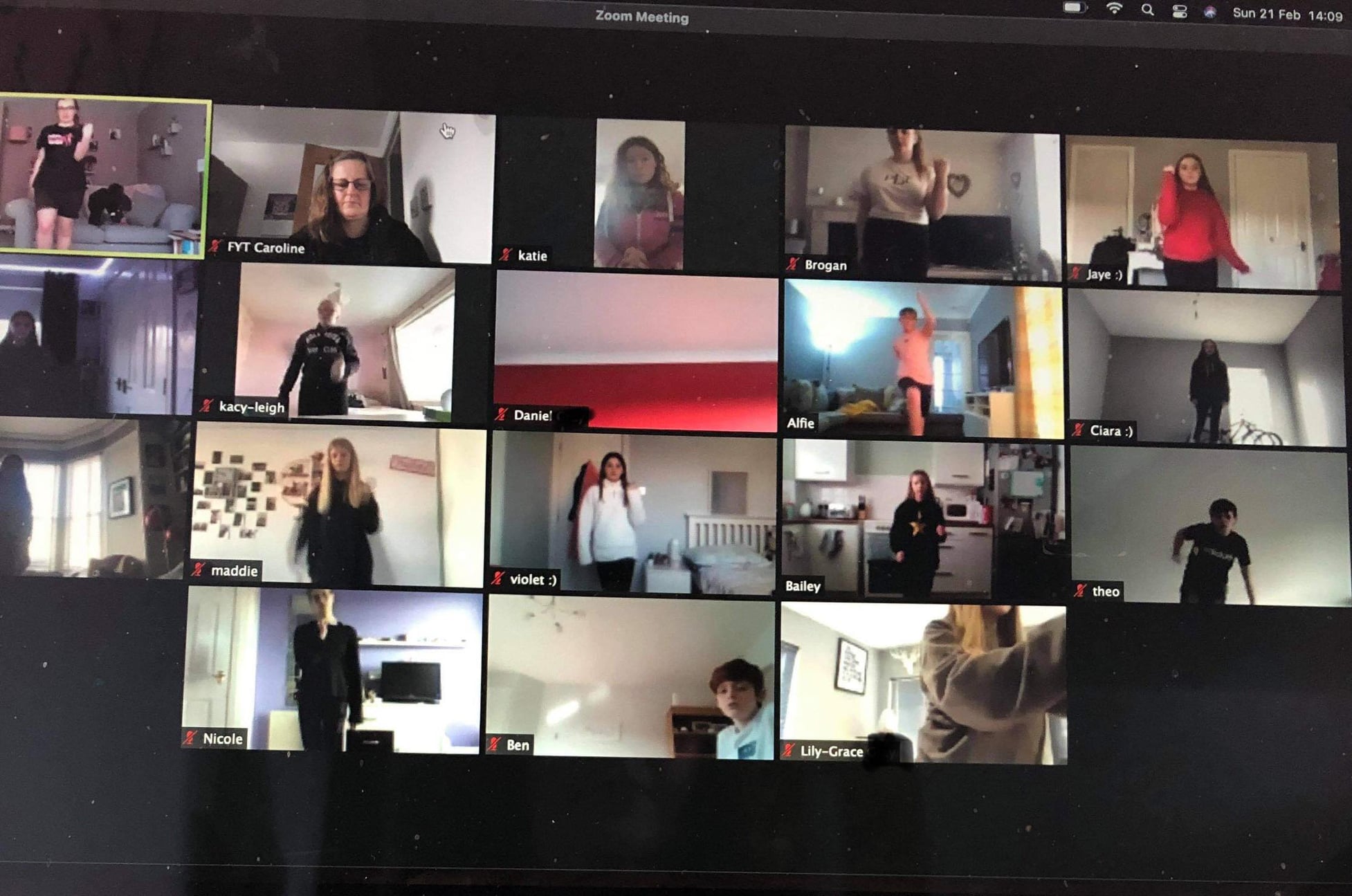What is Peace Day?
The end of World War One is commonly associated with Armistice Day. This was the day that the ceasefire occurred and the Armistice, or agreement to end hostilities on the battlefield, happened. Only a year later though, The Treaty of Versailles was signed by all major players in the war – Britain, America, Germany and France – and marked the official end of World War One. It is upon this day, the 21st of September, that the celebrations that are known as the Peace Day Celebrations began. There were riots, beauty pageants, and all forms of parades held on Peace Day across Scotland and Britain.
Armistice Day vs Peace Day
Across Britain there was an undercurrent of angst and annoyance at the end of the war and a distinct difference in the emotions felt on Armistice Day and on Peace Day. The end of the war saw a mass movement of Remembrance, which continues to this day through the Remembrance Day held yearly on November 11th and the annual money raised by the Haig Foundation and the Poppy Appeal. The well documented story of the London Cenotaph and Scottish National War Memorial were the culmination of years of work to remember those who had fallen in the First World War.
Although many did not want to forget the sacrifice of those who had fallen, a year after the war had ended there had been very little improvement for the lives of returning soldiers. Many had come home to slum or poor housing whilst care for injured soldiers was also lacking. This grievance was most evident in the burning of the Town Hall in Luton. Here, disgruntled ex-servicemen, after protesting the lack of help they had received through a march across the town, rioted, set fire to the Town Hall, and caused significant damage across the town.
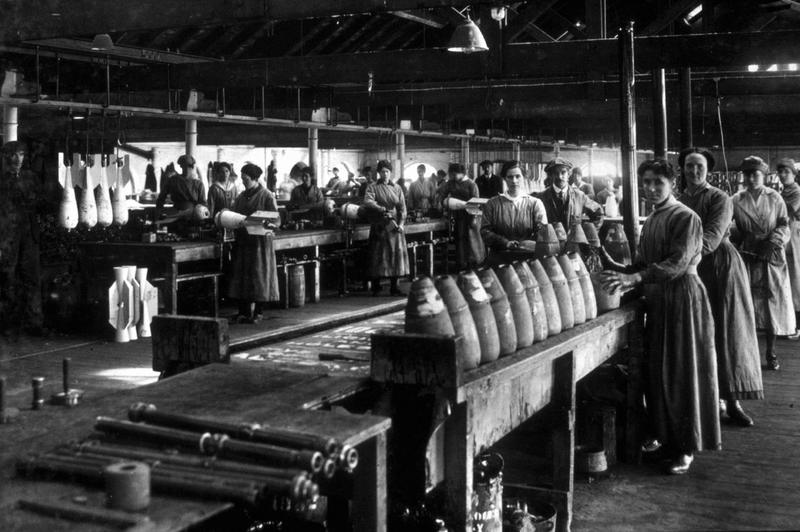



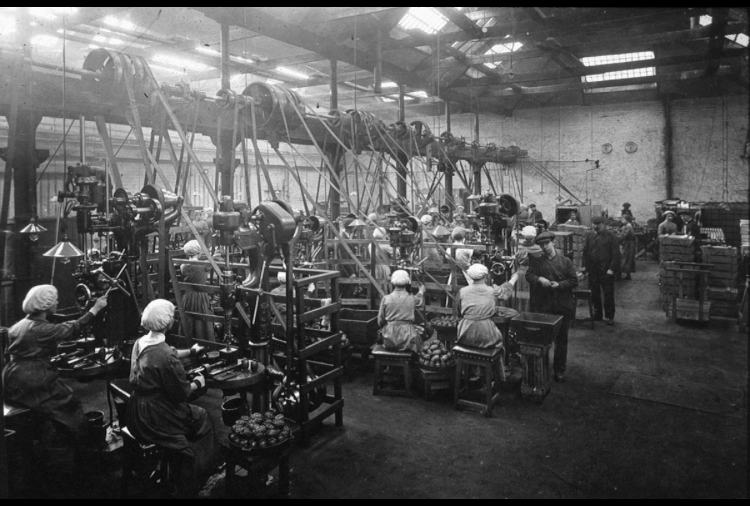

Falkirk is a well-known industrial town and this was no different throughout the Great War. Factories were producing armaments and ammunition, and as you can see in the photographs above, there were many workers in local factories contributing to the war effort. Falkirk was well connected to the war, and The Falkirk Herald was quick to highlight the great amount of fundraising events that occurred, some of the more popular of these being that of the well documented events of the Bairns Tank. The Falkirk Archives hold a photograph of the tank going down the High Street of Camelon during “War Weapons Week.” So it is not wholly surprising that the people of Falkirk were more inclined to celebrate and enjoy the end of the war rather than protest it.
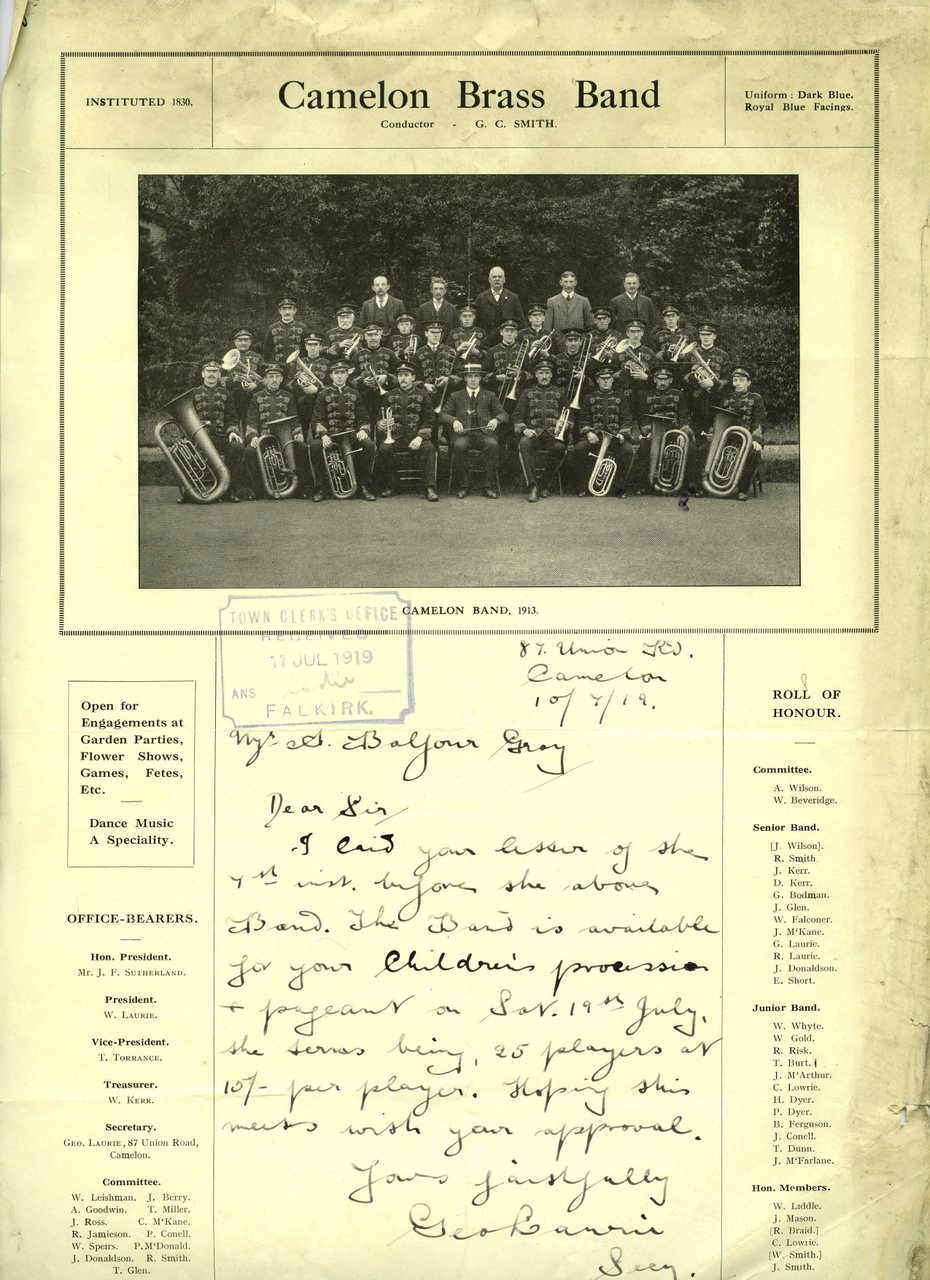

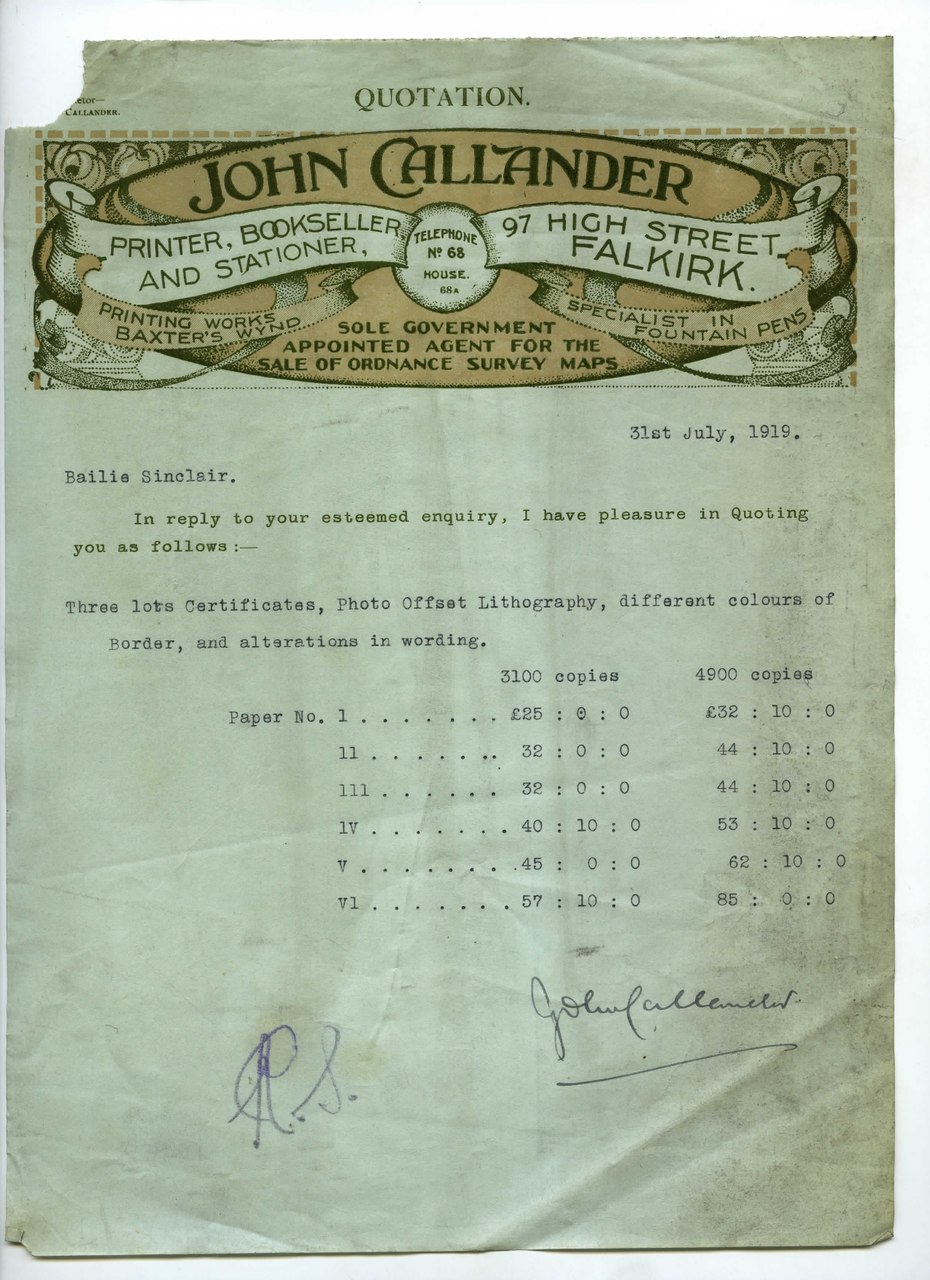

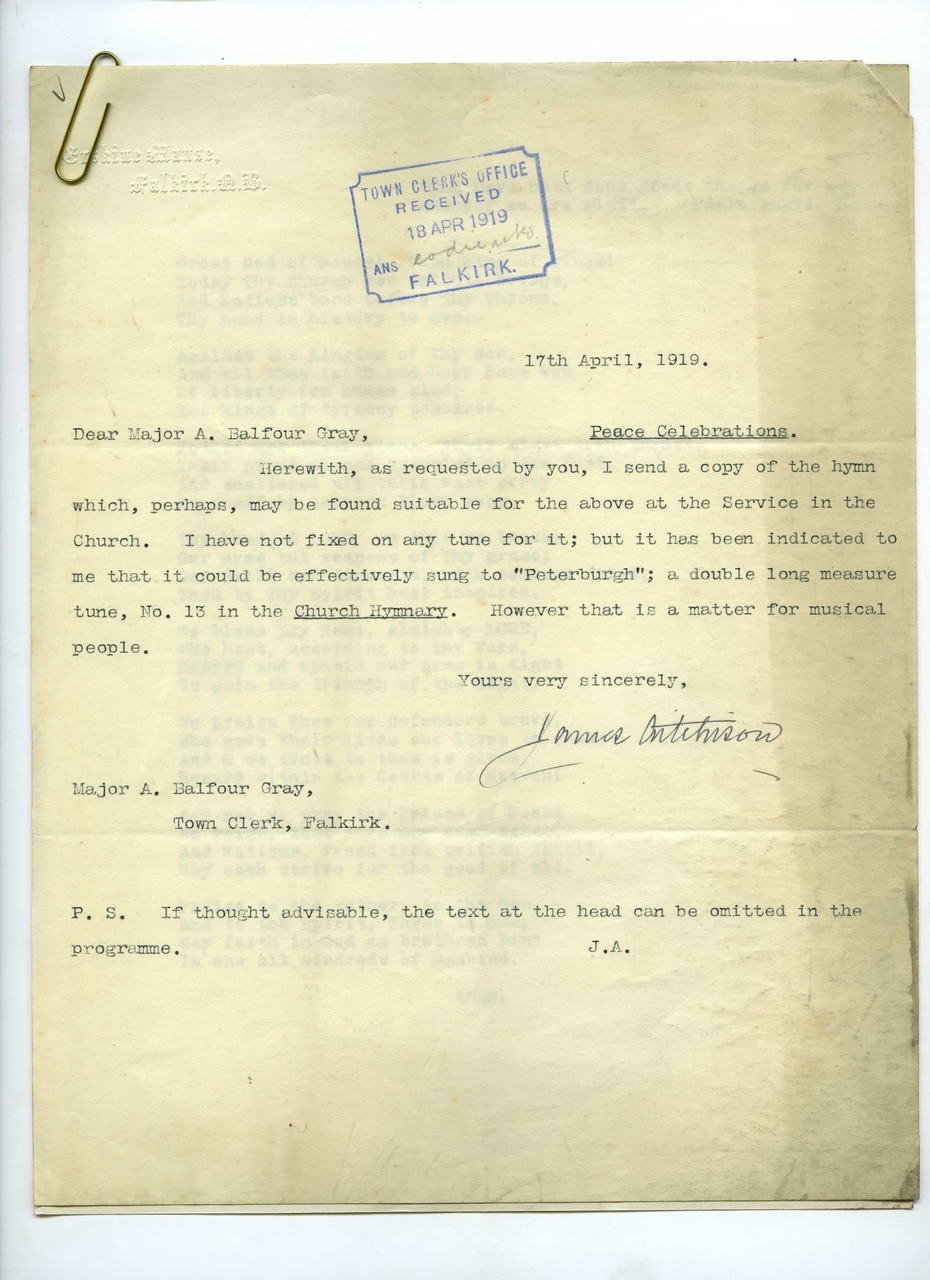

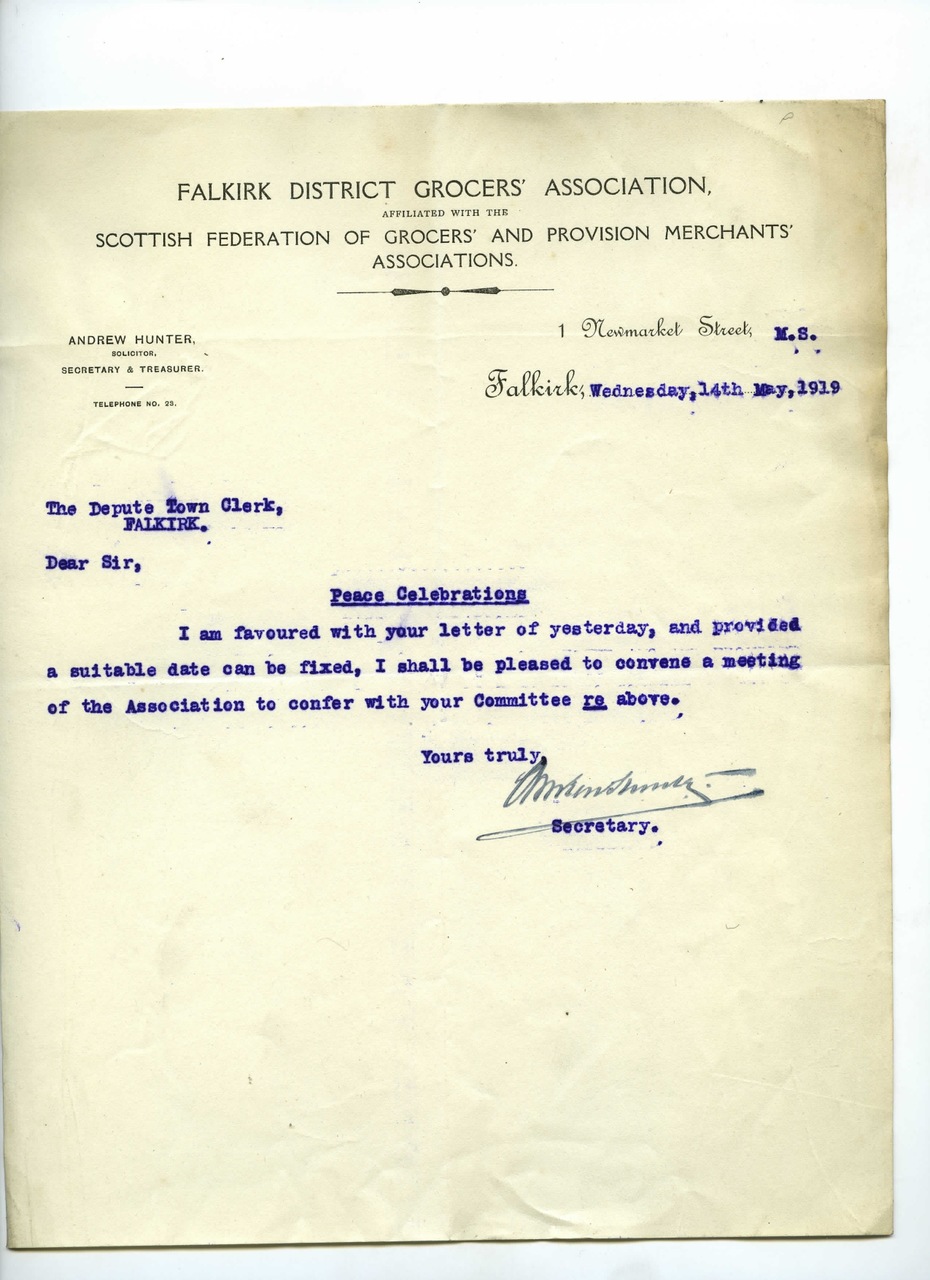

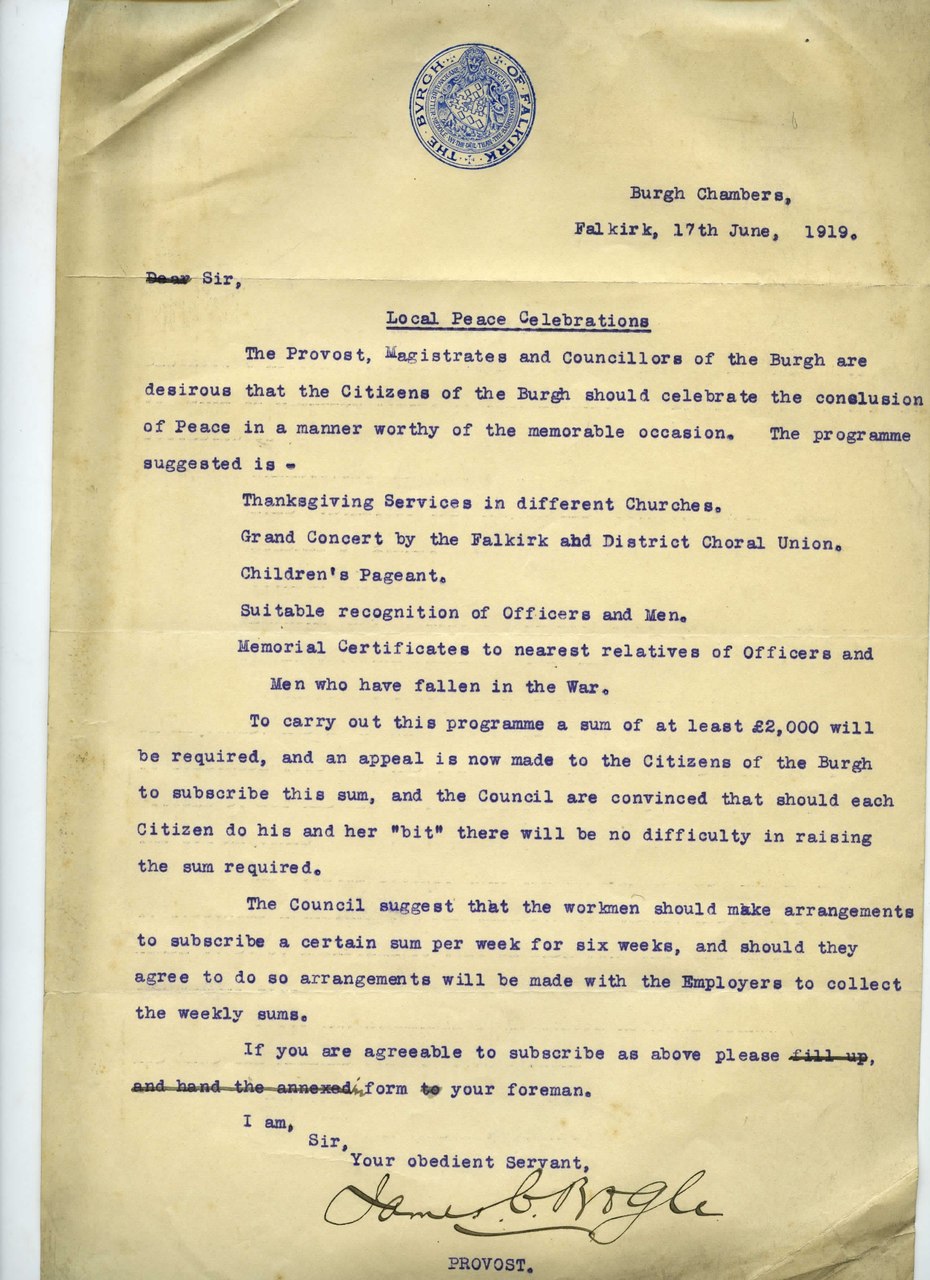

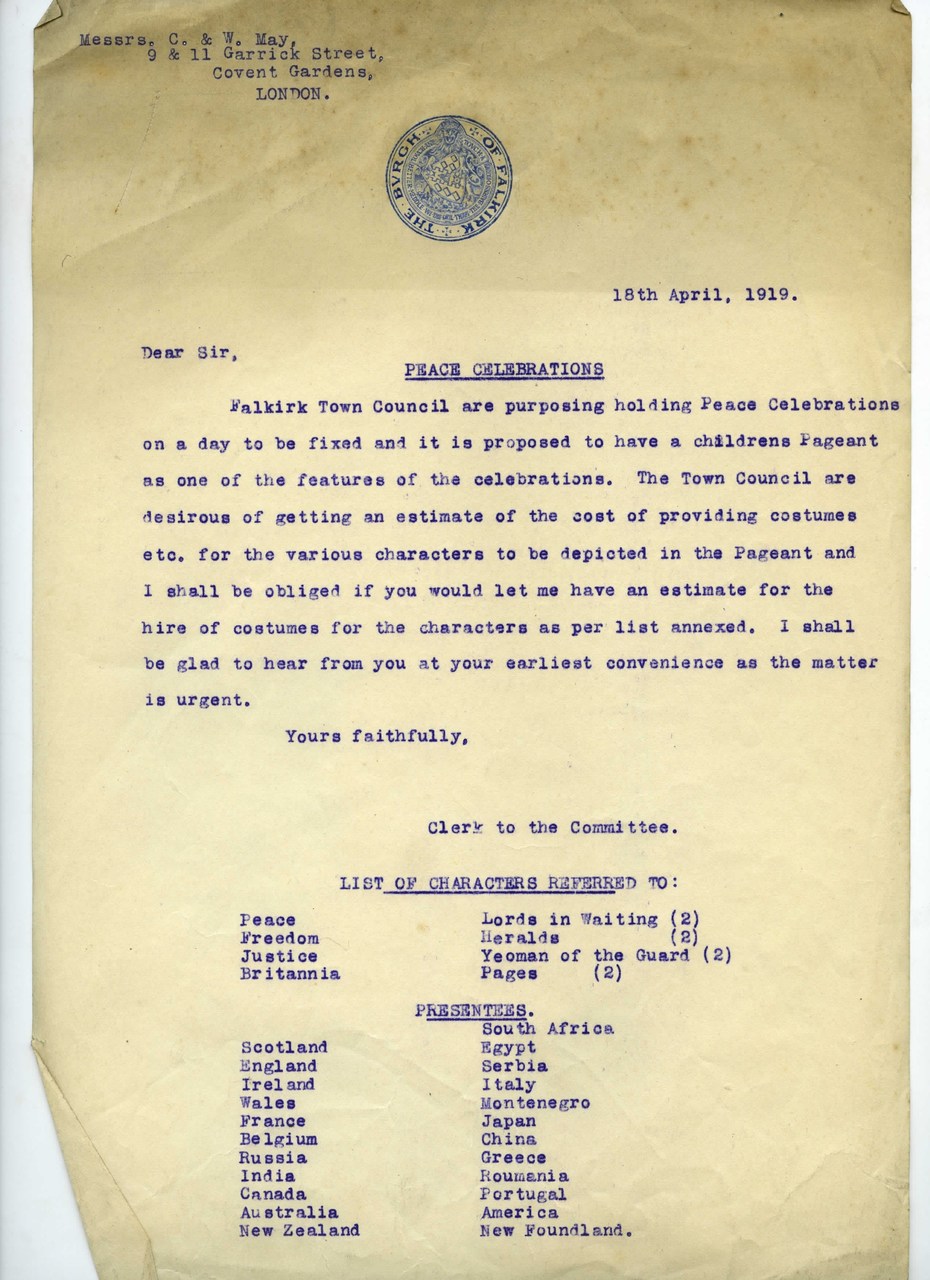

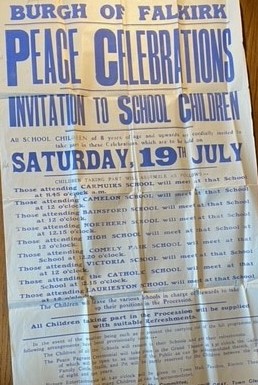

The Celebrations
Falkirk celebrated Armistice Day as well as Peace Day. Gatherings in the churches across Falkirk took place, with the most notable occurring in the Parish Church, where the Provost led a ceremony thanking everyone, including soldiers and those who had worked throughout the war. After these events, fireworks and celebrations happened across the town, street parties went on late into the night, and there was even a marching band parading through the town centre.
The Peace Day celebrations a year later took place throughout Falkirk too. This time they were organised and controlled rather than being as spontaneous as Armistice Day. There is evidence of this planning in the Town Council meeting notes held in the Falkirk Archives, where members of the Peace Celebration committee seem to have decided and implemented plans in advance of the day itself. The festivities occurred throughout the city centre and a beauty pageant hosted for local children was the centrepiece of these celebrations. This beauty pageant was extensively reported upon in the Falkirk Herald, and consisted of children from all across the towns and villages taking part and being treated to sweets and competitions.
The Falkirk Community Archives hold photos of the marches and celebrations occurring throughout the localities of Falkirk, such as Dunipace and Denny. These Archives also hold leaflets and arrangements for children aged 8 years and above to join in the celebrations, which were handed out prior to the day, encouraging all to join in and be a part of the celebrations.
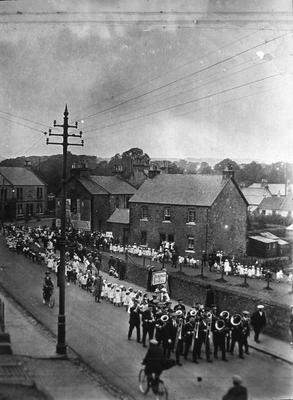

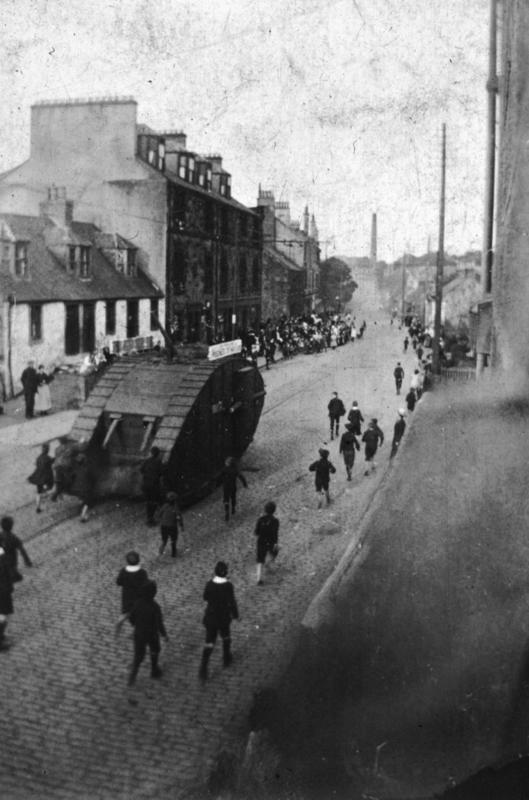

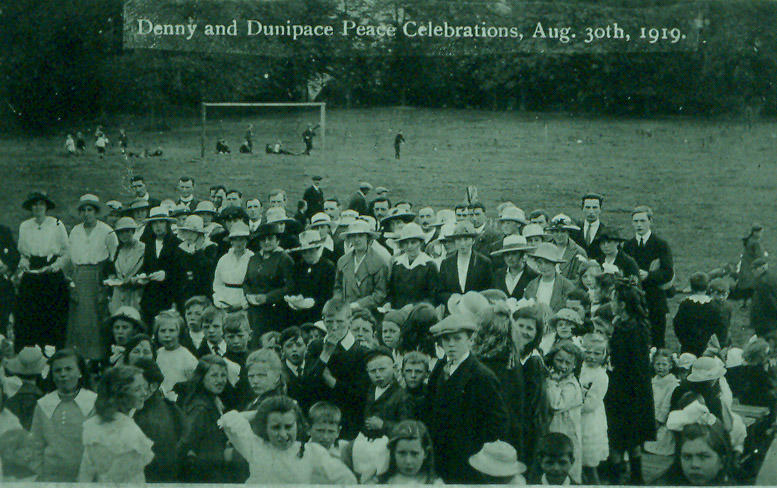

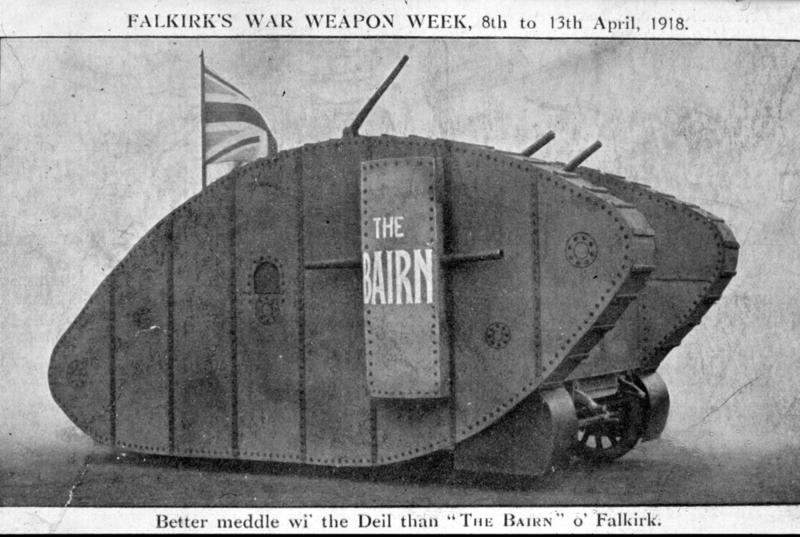

Peace Day in Camelon
The commemoration activities evident across Scotland and England do not seem to have made their way instantly to Camelon. The War Memorial was only recently erected in 2016. This seems to be a Falkirk-wide issue, as many of the local memorials seem to have been erected much later than the end of the First World War. The memorial for Camelon is at Lock 16, a significant site for those in the local area. The memorial gives thanks for the sacrifice of those soldiers or Mariners who lost their lives. This accounts for nearly 300 men.
The Peace Day celebrations in Camelon are also criminally under-reported in The Herald, but one can assume that much that happened elsewhere in and around Falkirk, which was well documented, was also happening in Camelon. It is paramount that whatever exists of these celebrations can be found and documented before it is too late, but celebrations, street parties and people enjoying the end of the war properly was most likely the occurrence in Camelon and across the Falkirk area.
By Jack Buchanan, Hidden heritage Online: Camelon and Tamfourhill volunteer.
